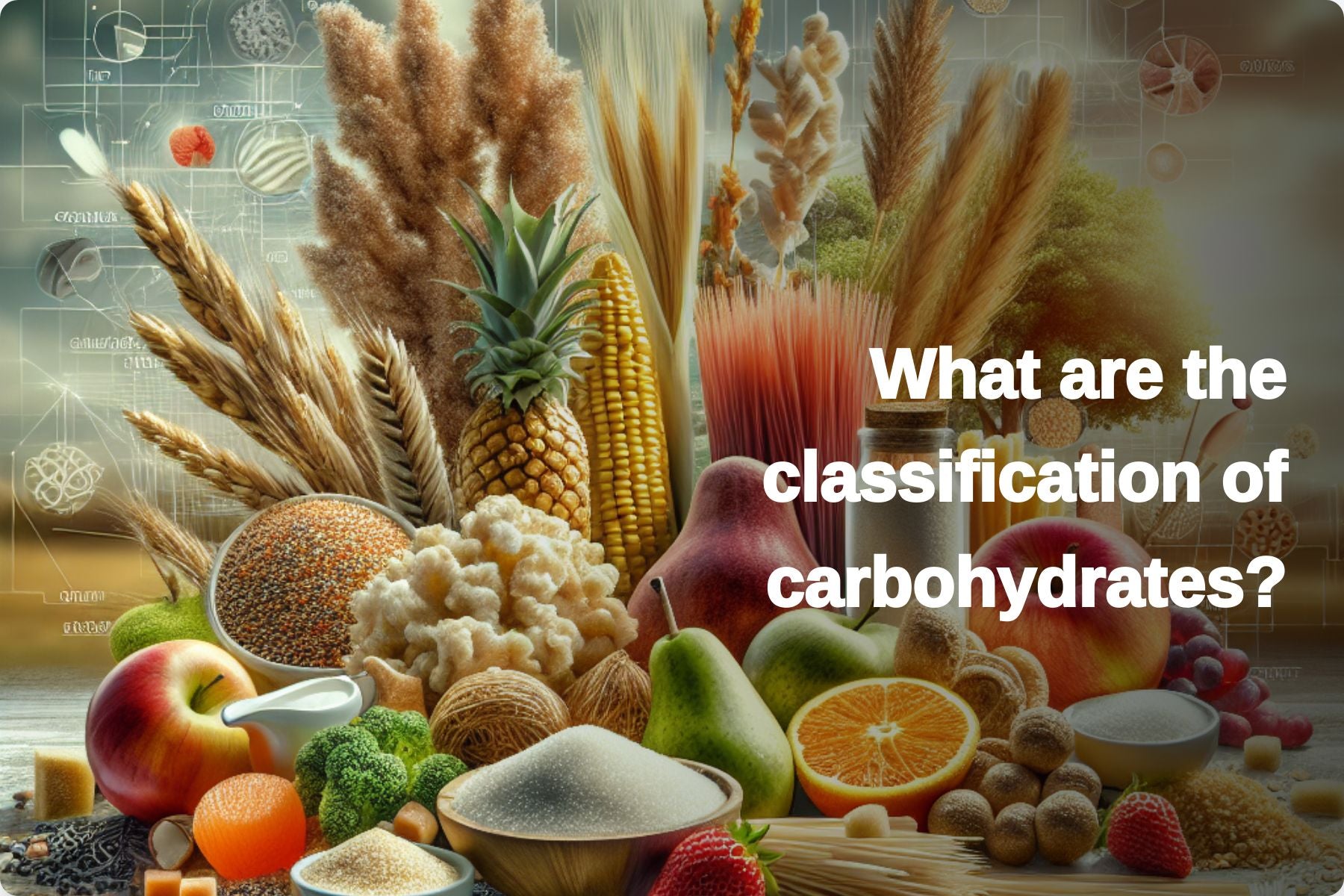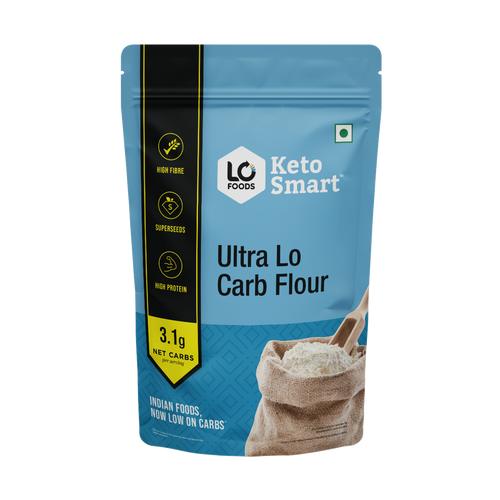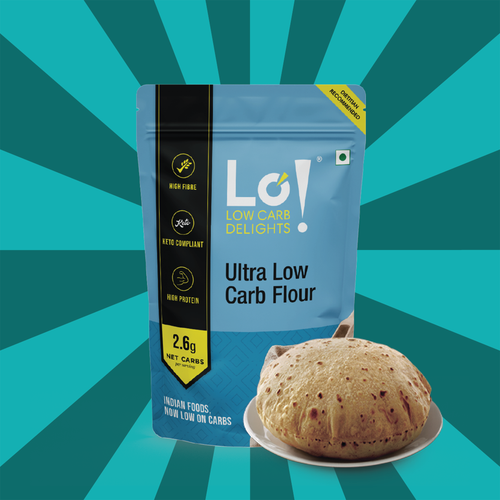
What is the classification of carbohydrates?
Carbs, commonly known as carbohydrates, play a crucial role in our daily diet. These natural compounds, made up of carbon, hydrogen, and oxygen atoms, are essential for providing the energy our body needs. To grasp their significance in our overall well-being, it's helpful to dive into the diverse world of carbohydrates.
Essentially, carbs act as the primary energy source for our body, fueling various physiological processes that enable us to carry out daily activities and exercise. Carbs are categorized based on their molecular structure, and understanding this classification is key to appreciating their effects on our health.
One vital aspect of carbs is their composition, which includes sugars, starches, and fibers. Simple carbs like glucose and fructose, found in fruits and honey, offer quick bursts of energy. On the other hand, complex carbs, prevalent in foods like potatoes and grains, take longer to break down, providing sustained energy.

Basic Structure of Carbohydrates
To get what carbohydrates are all about, it's good to know their basic parts, sorted into three main kinds: monosaccharides, disaccharides, and polysaccharides. Each kind has a specific job in our food and how we get energy.
-
Monosaccharides:These are the simplest carb forms, like glucose, fructose, and galactose. They're the blocks our body quickly takes in for fast energy. Learning about monosaccharides helps us understand fancier carbs.
-
Disaccharides:These are a bit more complex, made of two monosaccharides stuck together. Examples are sucrose, lactose, and maltose. When we digest them, disaccharides break down into single monosaccharides, affecting our blood sugar and playing a big part in how carbs work in our body.
-
Polysaccharides:These are big molecules made by linking lots of monosaccharides. Starch, glycogen, and cellulose are examples. Starch stores energy in plants, glycogen does the same in animals (especially in the liver and muscles), and cellulose gives structure to plant cell walls. Knowing about polysaccharides shows the many jobs carbs have in both plants and animals.
Getting these structures is key to sorting carbs, helping us tell types apart and understand how they affect our health. This basic knowledge is useful for making smart food choices that fit individual needs as we navigate the world of carbs.
Classification Based on Molecular Size
Carbohydrates exhibit diverse molecular sizes, contributing to their classification and functional roles in our bodies. This classification based on molecular size encompasses three main categories: monosaccharides, oligosaccharides, and polysaccharides, each playing a unique role in our nutritional intake.
-
Monosaccharides: As mentioned earlier, monosaccharides are the smallest units of carbohydrates. These single sugar molecules, including glucose, fructose, and galactose, are readily absorbed by the body. Their small size allows for swift digestion and quick energy release, making them crucial for immediate metabolic needs.
-
Oligosaccharides: Moving up the scale, oligosaccharides consist of a moderate number of monosaccharide units, typically ranging from three to ten. Common examples include maltotriose and sucrose. Oligosaccharides play a role in fostering a healthy gut microbiome as they serve as prebiotics, promoting the growth of beneficial bacteria in the digestive system.
-
Polysaccharides: At the larger end of the spectrum, polysaccharides are composed of numerous monosaccharide units linked together. Starch, glycogen, and cellulose fall into this category. Their substantial molecular size contributes to their roles as energy storage (starch and glycogen) or as structural components (cellulose). Polysaccharides, due to their complex structure, take longer to break down during digestion, providing sustained energy release.
Classification Based on Functional Groups
Carbohydrates can be put into groups based on their parts. There are two main groups: aldoses and ketoses. These groups are important because they affect how these substances act in our bodies.
-
Aldoses and Ketoses: Aldoses and ketoses are two main types of simple sugars. They differ in where their special part, called the carbonyl group, is located.
-
Aldoses have the carbonyl group at the end of the chain, while ketoses have it inside the chain. This difference is important because it affects how these sugars react in chemical processes.

Carbohydrate and versatile roles it plays
Understanding carbs isn't just for school; it helps us choose what to eat. Whether we want quick energy from one-sugar molecules, gut health benefits from some-sugar molecules, or lasting energy from many-sugar molecules, knowing their sizes guides our food choices.
Sorting them by functional groups, like aldoses and ketoses, adds a science twist. It's not just about sorting; it shows us how these carbs work in our bodies and affect vital processes like how we use energy.
In the big picture of food and life, carbs are crucial. They aren't just an energy source; they also help build cells, work as signals, and affect how our bodies work. Realizing how important carbs are helps us make smart food choices, promoting overall health.
FAQs
-
What are the main categories of carbohydrates?
Carbohydrates are broadly classified into three main categories: sugars, starches, and fibers.
-
How are carbohydrates classified based on complexity?
Carbohydrates are classified as simple carbohydrates (sugars) and complex carbohydrates (starches and fibers) based on their chemical structure and complexity.
-
Can you explain the classification of carbohydrates based on structure?
Carbohydrates can be classified as monosaccharides (single sugar molecules), disaccharides (two sugar molecules), and polysaccharides (complex chains of sugar molecules) based on their structural composition.
-
What role do carbohydrates play in the human diet?
Carbohydrates are the primary source of energy for the body and are essential for various biological processes, including cell function and metabolism.
-
How does the classification of carbohydrates impact dietary recommendations?
Understanding the classification of carbohydrates helps in making informed dietary choices by distinguishing between healthy and unhealthy sources of carbohydrates.
This Blog post is an initiative by Lo! Foods, to provide accurate and Nutritionist / Doctor approved information related to Health. Lo! Foods is India's leading brand for Everyday Functional Foods. Foods designed for specific Health conditions or Needs. Lo! Foods also runs India's largest range of Low Carb Healthy Cloud Kitchens, under the brand names of Lo!, ProteinChef, ATH (All Things Healthy) and DiabeSmart.















Leave a comment
Your email address will not be published.